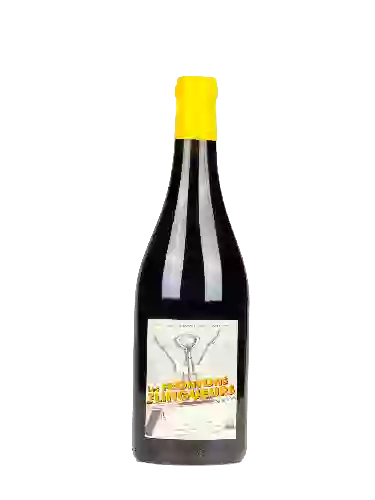The Château Bellevue La Forét of Fronton of South West

The Château Bellevue La Forét is one of the largest wineries in the world. It offers 21 wines for sale in of Fronton to come and discover on site or to buy online.
Looking for the best Château Bellevue La Forét wines in Fronton among all the wines in the region? Check out our tops of the best red, white or effervescent Château Bellevue La Forét wines. Also find some food and wine pairings that may be suitable with the wines from this area. Learn more about the region and the Château Bellevue La Forét wines with technical and enological descriptions.
How Château Bellevue La Forét wines pair with each other generally quite well with dishes of beef, pasta or veal such as recipes of scottish haggis, pasta with avocado or duck breast with orange sauce.
On the nose the red wine of Château Bellevue La Forét. often reveals types of flavors of cherry, grapefruit or oaky and sometimes also flavors of earthy, blackberry or red fruit. In the mouth the red wine of Château Bellevue La Forét. is a powerful with a nice balance between acidity and tannins.
The wine region of Fronton is located in the region of Haut-Pays of South West of France. Wineries and vineyards like the Château Bellevue La Forét or the Château Baudare produce mainly wines red, pink and white. The most planted grape varieties in the region of Fronton are Négrette, Cabernet franc and Cabernet-Sauvignon, they are then used in wines in blends or as a single variety. On the nose of Fronton often reveals types of flavors of cherry, smoke or citrus and sometimes also flavors of peach, apricot or minerality.
In the mouth of Fronton is a powerful with a nice balance between acidity and tannins. We currently count 89 estates and châteaux in the of Fronton, producing 317 different wines in conventional, organic and biodynamic agriculture. The wines of Fronton go well with generally quite well with dishes of beef, pasta or veal.
How Château Bellevue La Forét wines pair with each other generally quite well with dishes of pasta, vegetarian or appetizers and snacks such as recipes of risotto of coquillettes with chorizo, quiche without pastry or beetroot chips.
On the nose the pink wine of Château Bellevue La Forét. often reveals types of flavors of tree fruit, red fruit or strawberries. In the mouth the pink wine of Château Bellevue La Forét. is a with a nice freshness.
Roussane is a white grape variety, planted on an area of more than 700 ha. Originally from Montélimar, it is also found in Savoie, Languedoc and Roussillon, and grows very well in calcareous, poor, stony soil. It prefers to be pruned short. Roussane is also called fromenteau, barbin or bergeron. The young leaves are bubbled with fine down. When adult, they become thicker. It flowers in June and matures in mid-September. The grapes are cylindrical in shape, the berries are small and turn red when ripe, and the wine produced from pure Roussane is of extraordinary quality. It has a delicate aroma reminiscent of coffee, honeysuckle, iris and peony. The taste of this wine improves with age. It is part of the blend of the appellations Vin-de-Savoie, Côtes-du-Vallée du Rhône or Châteauneuf-du-Pape.
How Château Bellevue La Forét wines pair with each other generally quite well with dishes of pasta, vegetarian or poultry such as recipes of lasagna bolognese, quiche lorraine or coconut curry cauliflower in the cookeo.
Mention on the label of a champagne. It is a handling cooperative that produces on its own premises and markets under its own brand the wines made from the grapes harvested by its members.
Planning a wine route in the of Fronton? Here are the wineries to visit and the winemakers to meet during your trip in search of wines similar to Château Bellevue La Forét.
Négrette noir is a grape variety that originated in France (South West). It produces a variety of grape specially used for wine making. It is rare to find this grape to eat on our tables. This variety of grape is characterized by small bunches, and grapes of small to medium size. Négrette noir can be found in several vineyards: South-West, Cognac, Bordeaux, Loire Valley, Armagnac, Languedoc & Roussillon, Provence & Corsica, Rhone Valley, Savoie & Bugey, Beaujolais.